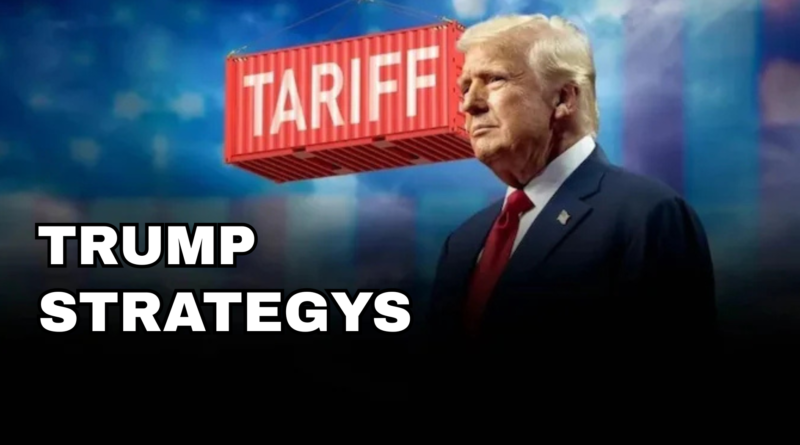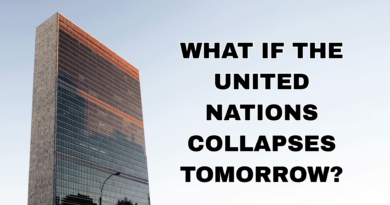WHY DONALD TRUMP IS RAISING TARIFFS ON ALL COUNTRIES IN 2025 ?
1. National Emergency as Justification
In early 2025, President Trump invoked a national emergency using the International Emergency Economic Powers Act (IEEPA), declaring that persistent U.S. trade deficits and illicit drug flow-particularly fentanyl from China via Canada and Mexico-constituted an extraordinary threat. This allowed him to deploy sweeping tariffs circumventing standard trade laws
2. “Liberation Day” Baseline Strategy
On April 2, 2025, dubbed “Liberation Day,” Trump announced a universal 10% tariff on imports from essentially all non-sanctioned countries. Countries with large trade deficits faced additional reciprocal tariffs ranging up to 50%, based on trade imbalance and negotiation status
3. Escalation via Fentanyl Tariffs
Trump added 25% tariffs on Chinese goods under a new executive order aimed at forcing China to take responsibility for its role in the U.S. opioid crisis. When unresolved, that rate increased, eventually reaching 34% or more, and was applied alongside the base rates
4. Targeted Tariffs on Canada and Mexico
Starting February 1, 2025, tariffs of 25% on all goods (and a lower 10% on Canadian oil/energy) were imposed under the IEEPA on Canada and Mexico. Later, on July 31, Trump increased Canada’s tariff to 35% effective August 1, citing Canada’s failure to cooperate on drug trafficking issues and a policy disagreement over recognition of Palestine
5. Diplomatic Levers and Foreign Policy
Trump has tied foreign policy positions to trade access e.g., threatening higher Canadian tariffs after Canada announced recognition of a Palestinian state. These positions are used as leverage in bilateral negotiations. Announcements on state recognition were linked directly to tariff adjustments
7. Revenue vs. Economic Cost
Tariffs in 2025 have significantly raised U.S. revenue-estimated at $168 billion for the year-and accounted for nearly 0.55% of GDP. However, economists warn of rising consumer prices, reduced economic output, and a drag on household incomes. The average U.S. household cost increase is estimated at $1,270 in 2025 and $1,619 in 2026
8. Legal Battles over Authority
A major federal court (Court of International Trade) ruled in May 2025 that Trump’s application of IEEPA for tariffs exceeded executive authority, striking down the “Liberation Day” tariffs. That ruling was temporarily stayed, and the appeal to the Federal Circuit remains ongoing, stirring uncertainty about the legality of these actions
9. Financial Market and Trade Impact
The tariff announcement triggered a global stock market crash in early April 2025, with indices plunging sharply. Though markets partially recovered by May and June, economists warned that continued tariff threats posed ongoing risk to global GDP growth and U.S. inflation outlooks
10. India and Emerging Markets as Test Cases
Tariffs on India (set at 25%, effective August 7, 2025) serve as a warning to emerging economies. India was denied exemptions and labeled a “dead economy” in a broader messaging strategy aimed at pressuring BRICS members and demonstration of broader resolve




